Over the first nine months of 2025, the port handled about 1.4 million tonnes of IOC, representing 17.8% of its total throughput, compared with just over 4% (439,000 tonnes) in the same period of 2024. MMTP expects to reach 2.1 million tonnes of IOC transshipment by the end of 2025 and up to 3 million tonnes in 2026.
“The growth is driven by higher production volumes at enterprises in the Murmansk region and the increasing export demand for this cargo,” the company’s press service said.
The Murmansk region is home to two major IOC producers — Kovdor Mining and Processing Plant (part of EuroChem) and Olenegorsk GOK (Olkon), owned by Severstal. Kovdor GOK exports its concentrate via Murmansk, while Olkon supplies raw materials primarily to Severstal’s Cherepovets Steelworks. The region accounts for around 7% of Russia’s total IOC production, according to the regional Ministry of Arctic Development and Economy.
Railway data also reflect a strong trend: in the first eight months of 2025, export iron ore shipments increased by 35.2% to 5.7 million tonnes, including a 35.6% rise to 2.5 million tonnes in the northwestern direction, Russian Railways (RZD) reported.
Despite the uptick in IOC handling, overall cargo turnover at MMTP continues to decline. From January to September 2025, total throughput reached 7.99 million tonnes, down 26% year-on-year. Bulk cargoes make up nearly 99% of total traffic, with coal and anthracite still dominating (78%), followed by iron ore concentrate and pellets (17.8%). The port also handles project cargoes, cabotage goods (such as crushed stone and sand), and fertilizers.
MMTP has launched a new concentrate cleaning system, introduced in autumn 2025, which allows it to eliminate the need for sorting facilities. A second similar line is planned. However, company representatives admit that this will not offset the drop in traditional bulk cargoes:
“Iron ore concentrate remains part of our core cargo base, but it cannot fully compensate for the decline in other major shipments,” the press office stated.
To remain profitable, the port needs an annual turnover of 12–14 million tonnes. In 2024, MMTP handled 13.97 million tonnes, but in 2025 it expects only 10–12 million tonnes, a 14–28% decrease. Coal remains the key cargo, and together with IOC, it forms over 90% of the port’s total volume.
According to Marine Center for Fuel and Energy Complex (Morcentr TEK), the Arctic basin has seen mixed performance: in 2023–2024, LNG shipments grew by 8%, while coal and ore cargoes dropped by 24% and 5%, respectively. Coal terminal utilization in northwest ports was only 57% in 2024.


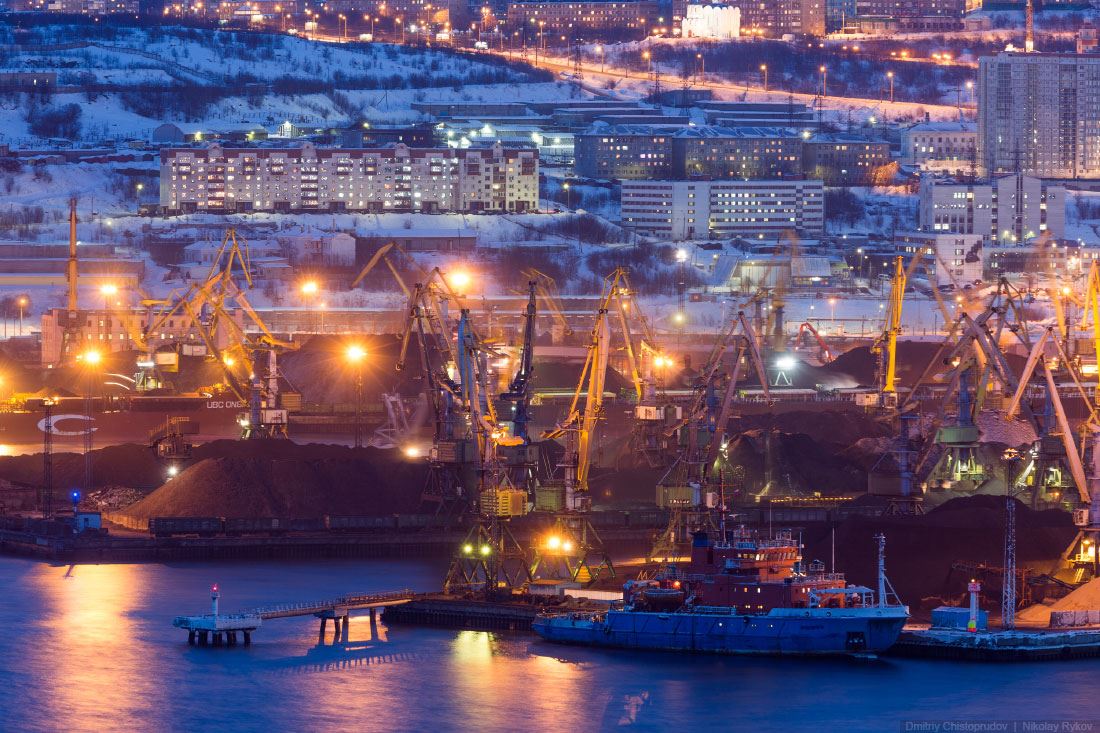
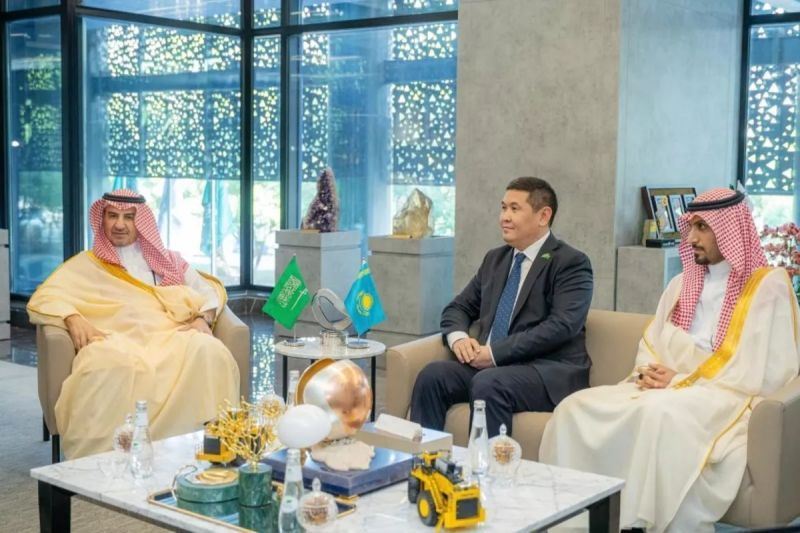
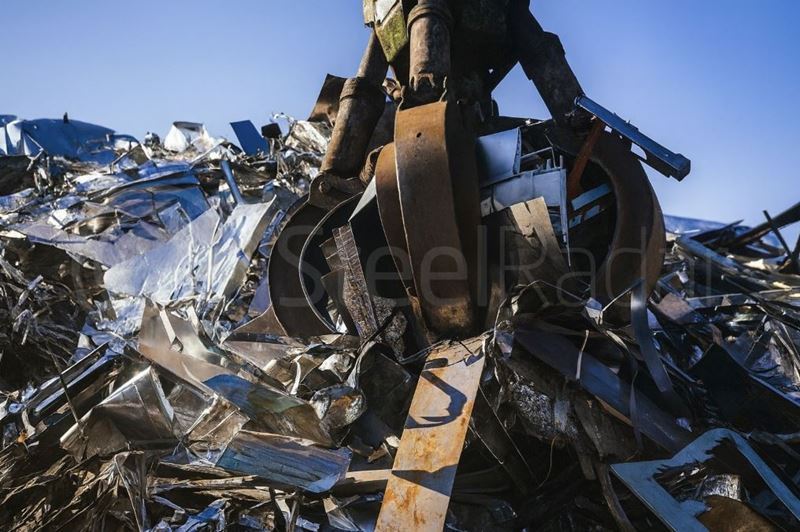
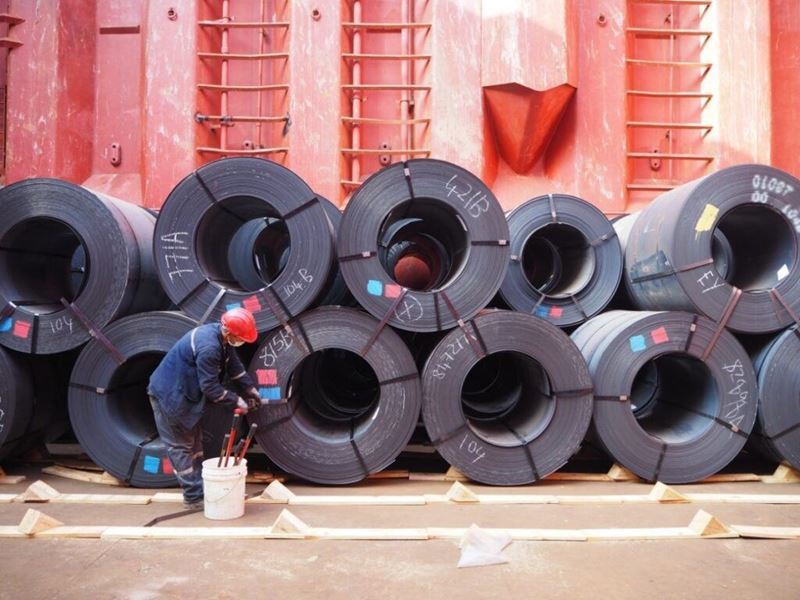
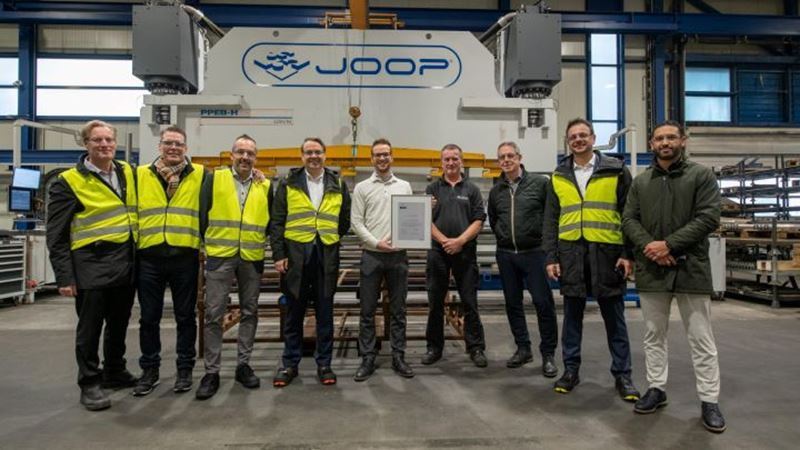
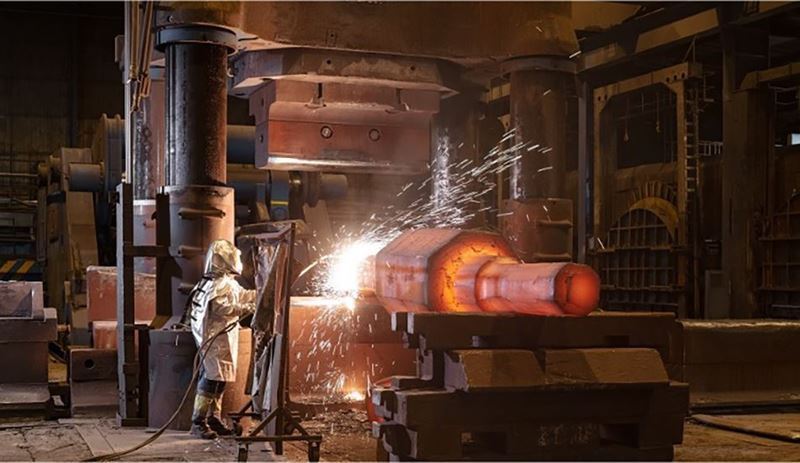

Comments
No comment yet.